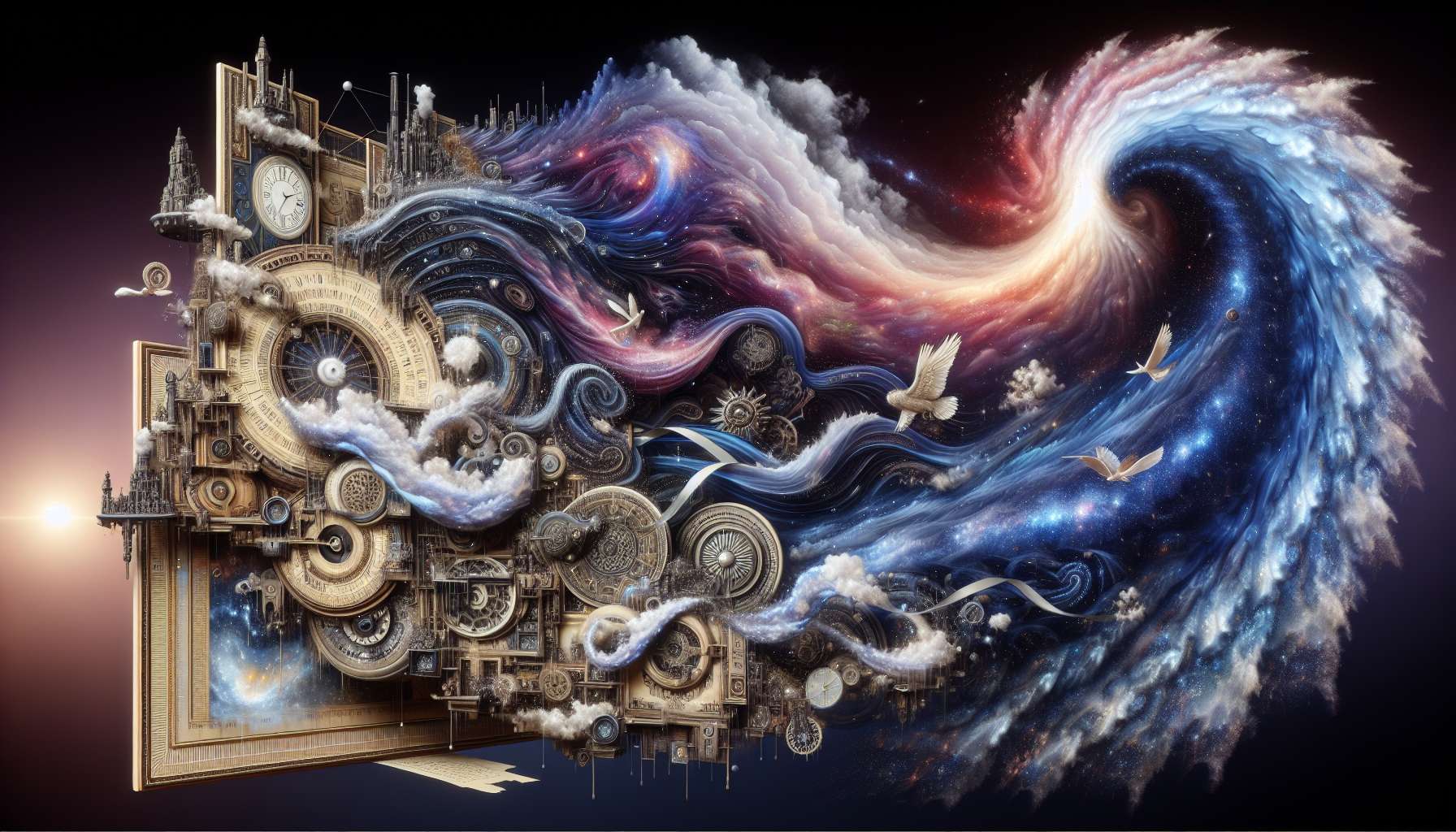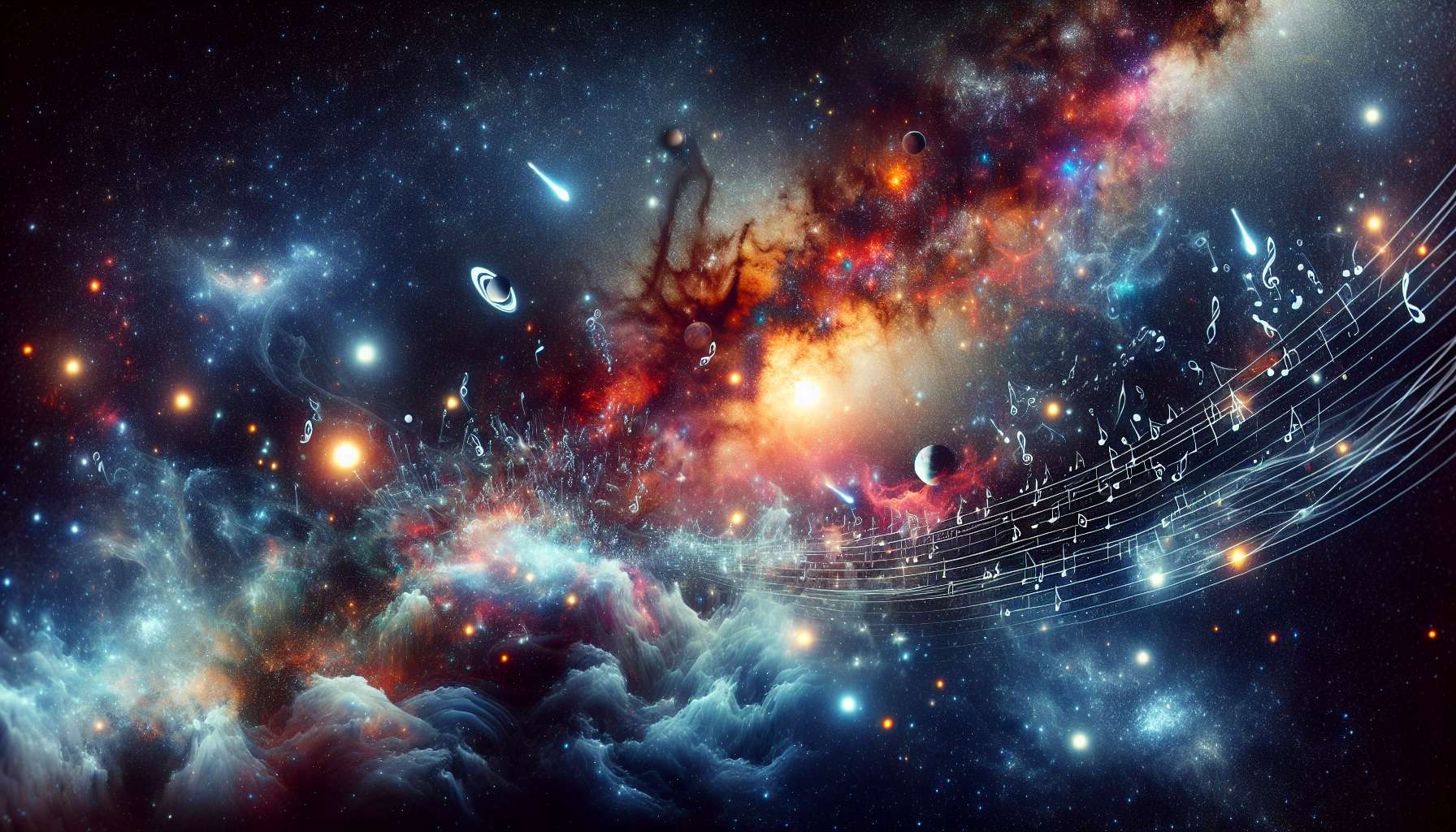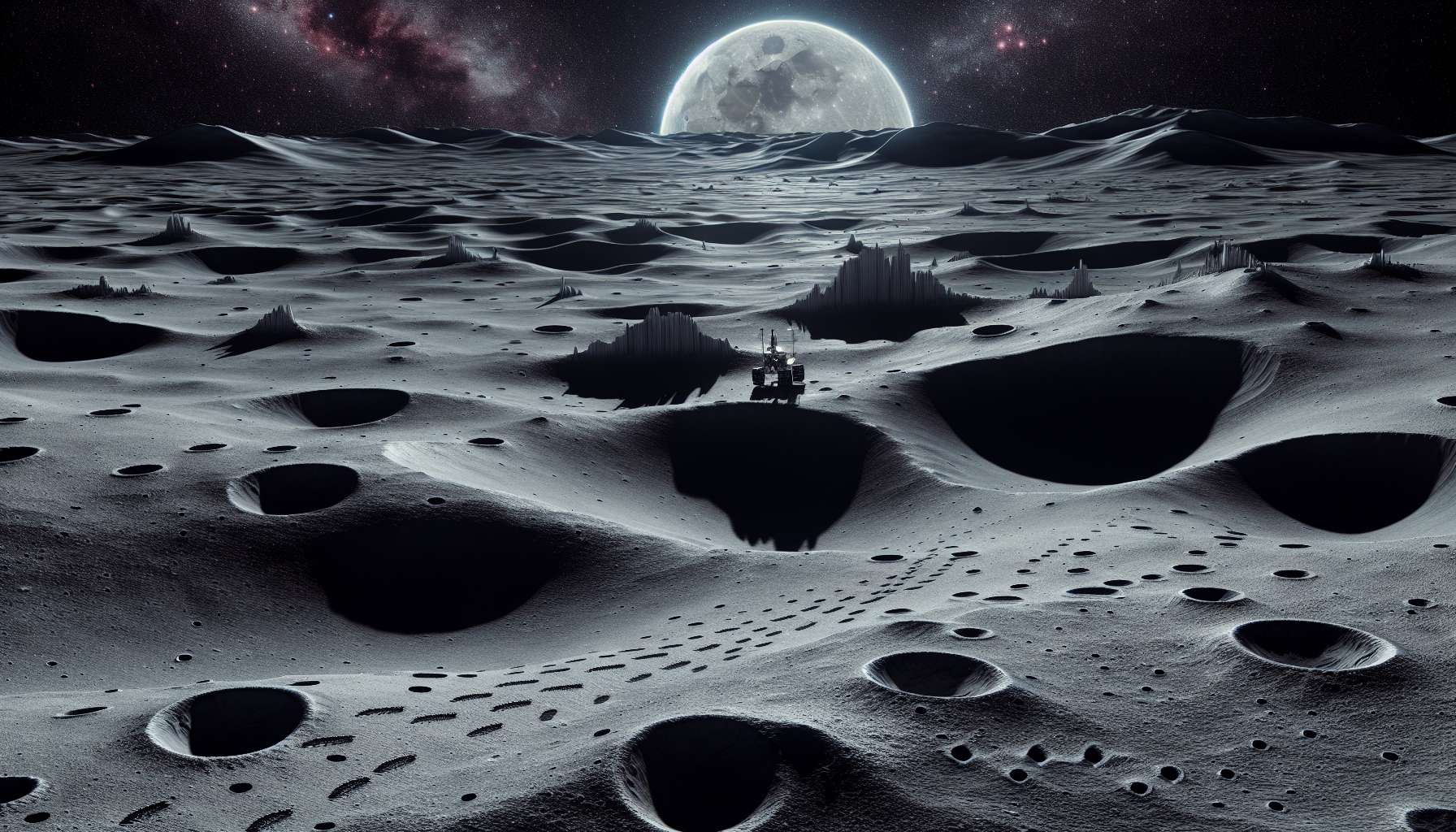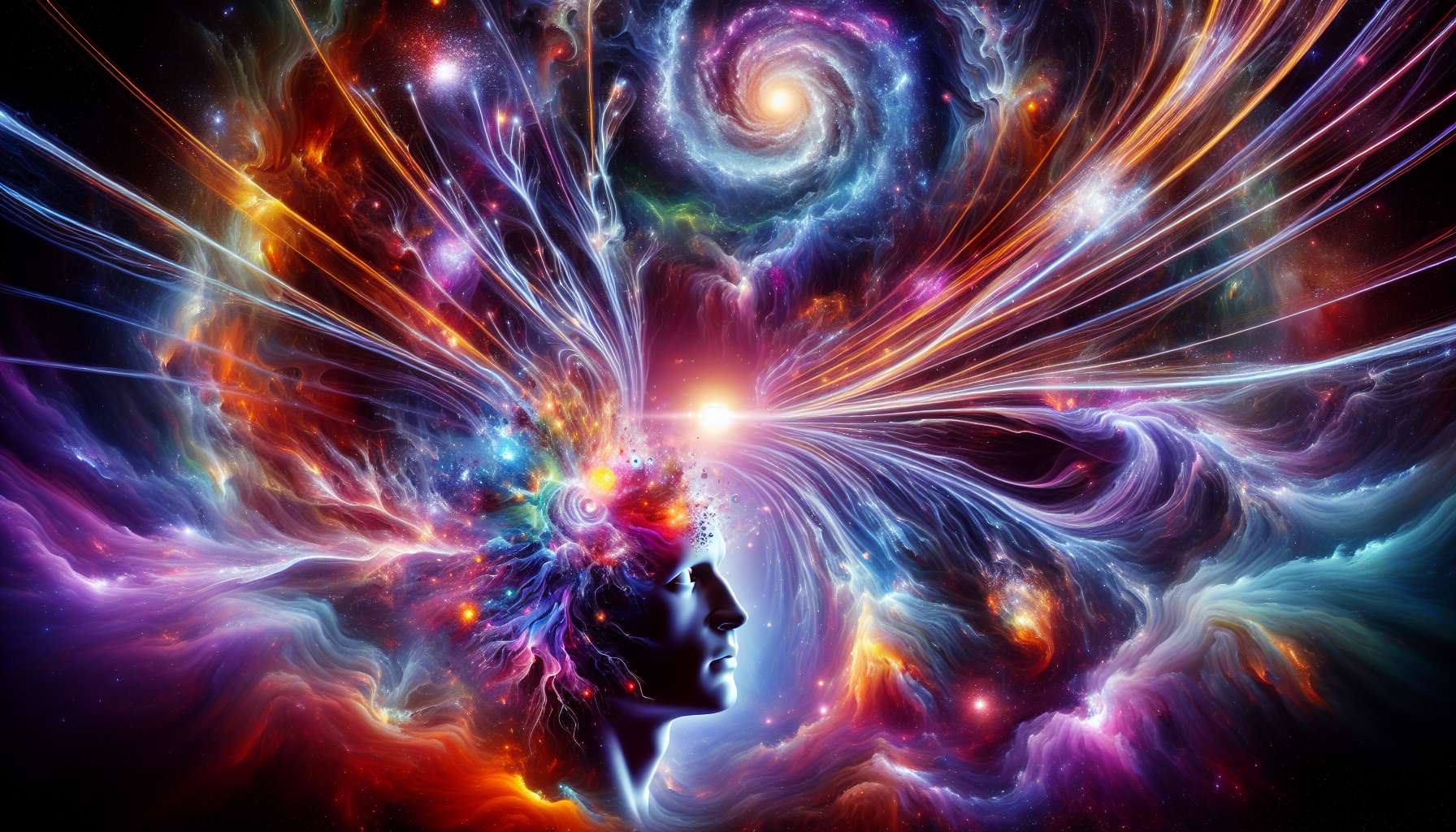Exploring the Space-Time Continuum in Art
Have you ever found yourself captivated by a piece of art that seemed to transcend time and space, pulling you into a different reality? The concept of the space-time continuum in art is a fascinating exploration of how artists manipulate these fundamental dimensions to create works that challenge our perceptions and expand our understanding of the world around us. From the surreal landscapes of Salvador Dali to the abstract compositions of Wassily Kandinsky, artists have long been pushing the boundaries of traditional art forms to explore the concept of space and time in innovative ways.
In this article, we will delve into the intricacies of the space-time continuum in art, examining its historical roots, current applications, and future implications. Join us on a journey through the dimensions of art as we unravel the mysteries of space and time in the creative process.
The Historical Roots of the Space-Time Continuum in Art
The exploration of space and time in art dates back centuries, with artists drawing inspiration from scientific theories, philosophical concepts, and cultural movements to create works that transcend traditional boundaries. One of the earliest examples of the space-time continuum in art can be seen in the Renaissance paintings of Leonardo da Vinci, who used techniques such as foreshortening and perspective to create the illusion of depth and dimension in his works.
During the 20th century, artists began to experiment with the concept of space and time in more radical ways, leading to the emergence of movements such as Surrealism, Cubism, and Abstract Expressionism. Artists like Pablo Picasso, Salvador Dali, and Jackson Pollock pushed the boundaries of traditional art forms, creating works that challenged viewers to rethink their perceptions of reality and explore new dimensions of space and time.
The Influence of Science and Technology on the Space-Time Continuum in Art
Advancements in science and technology have also played a significant role in shaping the space-time continuum in art, with artists using new tools and techniques to create works that reflect the complexities of the modern world. From digital art and virtual reality to interactive installations and kinetic sculptures, artists are constantly pushing the boundaries of what is possible in the realm of space and time.
One example of this is the work of artist Olafur Eliasson, who creates immersive installations that play with light, color, and perspective to create new experiences of space and time for viewers. His piece “The Weather Project,” which was displayed at the Tate Modern in London, used mirrors and artificial lighting to create the illusion of a sun in the museum’s Turbine Hall, inviting visitors to contemplate their place in the universe.
The Intersection of Space-Time Continuum and Quantum Physics in Art
One of the most intriguing aspects of the space-time continuum in art is its connection to the principles of quantum physics, which suggest that the boundaries between space and time are not as fixed as we once believed. Artists like Anish Kapoor and Yayoi Kusama have drawn inspiration from these ideas, creating works that challenge our perceptions of reality and invite us to explore the mysteries of the universe.
Kusama’s “Infinity Mirror Rooms,” for example, use mirrors and lights to create infinite reflections of space and time, inviting viewers to contemplate the infinite nature of the cosmos. Similarly, Kapoor’s “Cloud Gate” sculpture in Chicago plays with the concepts of reflection and distortion, creating a distorted image of the city skyline that challenges our perceptions of space and time.
Exploring the Multiverse in Art
One of the most intriguing concepts related to the space-time continuum in art is the idea of the multiverse, which suggests that there are multiple parallel universes that exist alongside our own. Artists like Damien Hirst and Takashi Murakami have explored this concept in their work, creating pieces that offer glimpses into alternate realities and dimensions.
Hirst’s “Spot Paintings,” for example, consist of thousands of colorful dots arranged in meticulous grids, creating the impression of infinite space and time. Murakami’s “Superflat” style combines elements of traditional Japanese art with contemporary pop culture, creating a visual language that blurs the boundaries between past, present, and future.
The Role of Space-Time Continuum in Performance Art
Performance art is another realm where the space-time continuum plays a crucial role, with artists using their bodies, movements, and interactions with the audience to create unique experiences of space and time. Artists like Marina Abramovic and Yoko Ono have pushed the boundaries of performance art, using their bodies as a canvas to explore the limits of human experience.
Abramovic’s piece “The Artist is Present,” performed at the Museum of Modern Art in New York, invited visitors to sit across from her in silence for extended periods, creating a powerful connection between artist and audience that transcended time and space. Ono’s “Cut Piece” performance challenged viewers to participate by cutting away pieces of her clothing, creating a visceral experience that blurred the boundaries between artist and viewer.
The Future Implications of the Space-Time Continuum in Art
As technology continues to advance and our understanding of the universe deepens, the possibilities for exploring the space-time continuum in art are endless. Artists are now using virtual reality, augmented reality, and artificial intelligence to create immersive experiences that challenge our perceptions of reality and invite us to explore new dimensions of space and time.
One exciting example of this is the work of artist Refik Anadol, who uses AI algorithms to create mesmerizing visualizations that blend the boundaries between the physical and digital worlds. His piece “Machine Hallucination,” which was displayed at the Artechouse in New York, used machine learning algorithms to create a constantly evolving landscape of digital imagery that challenged viewers to rethink their perceptions of space and time.
Expert Opinions
According to renowned art critic Jerry Saltz, the space-time continuum in art offers artists a unique opportunity to explore the boundaries of human experience and perception. He believes that art has the power to transcend traditional notions of space and time, inviting viewers to contemplate their place in the universe and explore new dimensions of reality.
Common Misconceptions
One common misconception about the space-time continuum in art is that it is a purely abstract concept that has no relevance to real-world experiences. In reality, artists use the space-time continuum to create works that challenge our perceptions of reality and invite us to explore new dimensions of the world around us.
Conclusion
To wrap things up, the space-time continuum in art is a fascinating exploration of how artists manipulate the dimensions of space and time to create works that challenge our perceptions and expand our understanding of the world around us. From the historical roots of the concept to its future implications, artists have been pushing the boundaries of traditional art forms to explore the mysteries of the universe in innovative and thought-provoking ways.
As we continue to delve into the complexities of the space-time continuum in art, we are invited to contemplate our place in the universe and explore new dimensions of reality that challenge our perceptions and expand our understanding of the world around us. The possibilities are endless, and the journey is just beginning.





